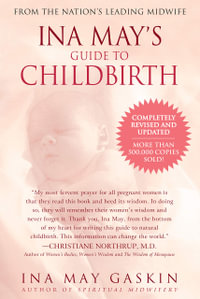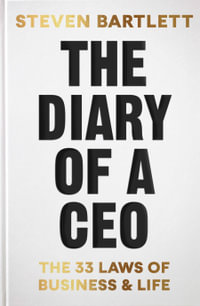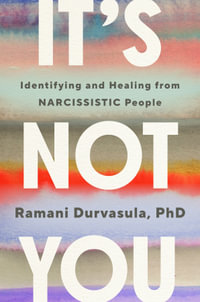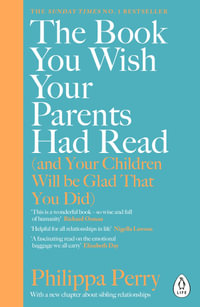Subsequent siblings, who are sometimes referred to as replacement children, were born after the death of a brother or sister. Their experiences are often unspoken; little has been written about them or from their perspective. This self-help, psychology non-fiction book breaks new ground by assembling rich and heartfelt life stories from a diverse group of subsequent siblings while also weaving in clinical literature and discussion. It is based upon over a hundred subsequent sibling interviews, which, to the authors' knowledge, comprise the largest and most diverse sample to date of subsequent siblings. Through the subjects' engaging narratives the reader can understand and empathize with some of the common obstacles and repercussions of the subsequent sibling role. Additional testimonies from parents and surviving siblings give the reader a clear vantage point of the complex and multilayered impacts of loss upon a family system.
Those who are born after the death of a sibling enter a familial landscape that has been forever altered by loss. The book provides an overview of the parental experience of the loss of a child, explores the complexity of pregnancy after loss, and examines the intrauterine and attachment experiences of children born after loss. Some subsequent siblings are expected, consciously or unconsciously, to serve as a replacement for their lost sibling and to fill the void of loss. A variety of replacement dynamics may occur, and the subsequent child may be viewed as an inadequate replacement for a deceased and idealized sibling. The death of a child causes immense parental pain and impacts parenting approaches, perhaps resulting in impaired bonding or overprotectiveness of the subsequent child. The book will review common issues which subsequent siblings face, including survivor guilt, phobias, difficulties with identity formation, taking on caretaker roles, disturbances in bonding with parents, and a sense of pressure to heal their grieving families. As subsequent siblings were not born at the time of their sibling's death, their loss is often unrecognized and misunderstood. It is frequently complex for them to grieve for a sibling they did not meet, and to integrate their sibling's death into their life narrative. Like most mourners, many subsequent siblings have a need to make meaning of their loss. Some subsequent siblings can recognize strengths that they have gained because of their role. This book additionally includes chapters about surviving siblings, and children who were born after a sibling with special needs.
























